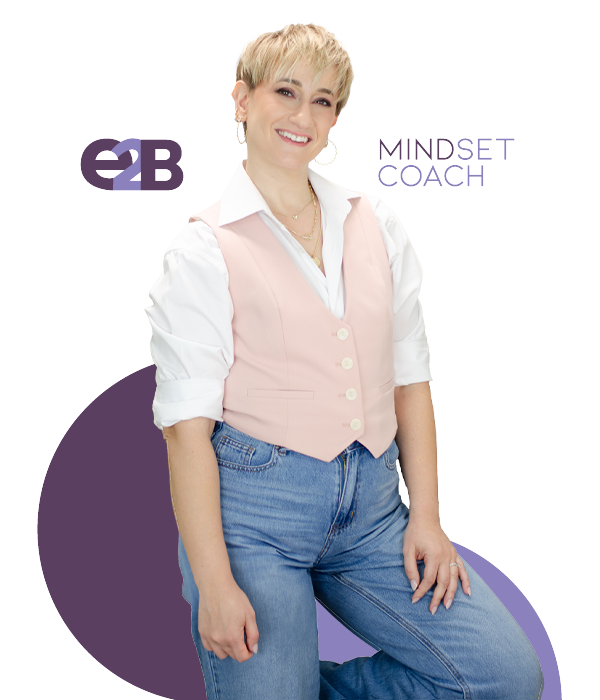BRAIN BREAK
Everyone gets to a point where they feel overwhelmed, overworked, burnt out, stressed or even anxious. Have you been wanting a break from it all?
Today, I want to talk about how taking breaks is not only necessary but beneficial! Here, we’ll discuss how to take a break that helps you be more in flow. When we are in flow, we lose track of time, our sense of self fades away, and we are fully focused on the task at hand. Flow state can be experienced during everyday tasks such as cooking, working, gardening, or even cleaning, as long as the task is challenging enough to engage the individual’s attention and skills.
Researchers, like Steve Kotler have studied the science of flow extensively, through the neuroscience of peak human performance.
His findings suggest that being in flow is not only enjoyable but also highly beneficial for our performance. When we are in flow, we experience heightened creativity, increased productivity, and a greater sense of fulfillment.
However, in our fast-paced world, distractions have become a major source of stress for many of us. Research shows that when we are constantly bombarded with notifications and interruptions, it can lead to increased levels of cortisol, the stress hormone, in our bodies. This can cause us to feel overwhelmed, overworked, burnt out, stressed, or even anxious.
Distraction and brain breaks are two different things..
Although they both involve a shift in attention away from a task, distraction refers to an external interruption or stimulus that diverts our attention away from what we are doing.
For example, receiving a text message or email notification while working on a project can be a distraction. Distraction and brain breaks are two different things.
On the other hand, a brain break is a planned and intentional pause or shift in attention that allows our brains to rest and recharge. Brain breaks are proactive measures we take to prevent burnout and improve our ability to concentrate.
Another factor of stress and anxiety is not understanding how to work smart vs working hard. The opposite of working hard is not working easy. This is an important concept to understand.
If you focus too much on working easy, they may overlook the value of perseverance and creativity. If they focus too much on working hard, they may have too many conflicts & an overload of tasks. These options don’t feed their wellbeing.
The key difference between working hard and working smart is that working hard is focused on effort and time investment, while working smart is focused on maximizing results and efficiency.
While working hard can be important in some situations, working smart is often the preferred approach, as it allows individuals to work more effectively and achieve their goals without sacrificing their well-being.
Ultradian Rhythms
Another point to bring up is about the Ultradian rhythm. These cycles can affect physiological processes, such as hormone production and brain activity. An example of an ultradian rhythm is the cycle of focus and rest, which suggests that individuals work best when they take regular breaks to allow their brains to rest and recharge.
Ultradian rhythms are often contrasted with circadian rhythms, which are biological cycles that occur over a 24-hour period. While circadian rhythms are influenced by external factors such as light and darkness, ultradian rhythms are more closely linked to internal physiological processes.
Everyone gets to a point where they feel overwhelmed and yearn for a break from it all. This is where brain breaks come in. A brain break is a short period of time where we allow our brains to rest and recharge. This can be as simple as taking a short walk, doing some light stretching, or engaging in a different activity for a few minutes.
Ultradian Rhythms
Using brain breaks affectively
To use brain breaks effectively, it’s important to schedule them into your day. Just like any other task on your to-do list, they should be given priority and set with intention.
Set a timer for 10-15 minutes and use that time to disconnect from work and engage in a different activity. This will allow your brain to rest and recharge, helping you to return to your work with renewed energy and focus.
Using Brain Breaks Affectively Here are some ideas we recommend that are low cognitive stimulation (we suggest you avoid social media, texting, news, TV, reading, gaming, or other phone use), however, we can’t control how you use your breaks.
Using brain breaks affectively
- Wall staring
- Napping
- Close your eyes (meditate, listen to music, or simply sit in the present moment)
- Walking
- Go outside
- Stretching
- Mindfulness (focusing on your 5 senses, what you can see, hear, smell, touch, taste)
- Breathwork (choose from a type of breathing that helps you: (healthline.com)
- Drinking/Eating (and nothing else)
- Bounce on a yoga ball
- Light/Quick Exercise
It is highly encouraged that you use brain breaks wisely to activate the best flow and brain function & productivity. I wish you the best on your pursuit!





